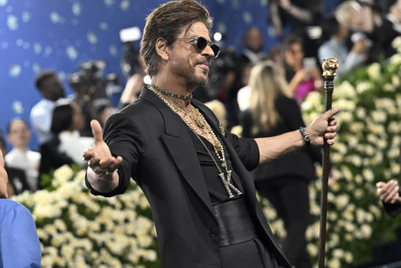One of the clauses requires all significant social media intermediaries - i.e. those having more than five million users to voluntarily verify their accounts by using an appropriate mechanism including the active Indian mobile number of such users. It also requires that any user who has voluntarily verified his/her account shall be provided with a 'demonstrable and visible mark' of verification, which shall be visible to all users of the service.
1. This will apply to all major social media brands including Facebook, Instagram, Twitter, Whatsapp, Telegram, Youtube etc which have more than 50 Lakh users on their platform
2. These social media platforms will be required to enable verification of users – the easiest means of verification will be using mobile number and OTP, which has been permitted under the guidelines.
3. Verification is optional and not mandatory for users. However, all verified users need to be identified with a visible mark such as the blue tick on Twitter or Facebook, which shall be visible to all users.
Any genuine social media user will most certainly opt for verification because such verification only lends credibility to his account. Given network effect, almost all genuine users are likely to opt for verification without much delay.
What it means for consumers
1: Identification of fake followers and bots
From a consumer perspective, this is an added protection measure. Users of social media will know who are verified users and who are not verified users. However, verification does not alone mean that the information displayed will be genuine. What this ensures is that there is a human sitting behind and not a bot. Fake followers will become easily identifiable given that verification stamp needs to be displayed mandatorily.
The fake follower market is well known. Various studies have shown the extent of fake following different celebrities have. An analysis conducted by the Institute of Contemporary Music Performance (ICMP) in 2019 had shown that nearly half of all followers of Indian celebrities were fake. These fake accounts are run by bots. Many companies, in the business of creating fake profiles and selling fake followers and likes will have no other means.
2: Additional safeguards against cheating
Some social media intermediaries have an added feature of not allowing multiple accounts under one mobile number. In such a case, it eliminates the possibility of one person operating multiple unique social media handles. The guidelines will put pressure on all social media intermediaries to comply with these norms, thus reducing fake profiles. The guidelines empower genuine end users and gives them additional safeguards against cheating.
What it means for advertisers
1: More transparency in influencer marketing
Advertisers will have the advantage of evaluating influencers and celebrities based on the number of verified followers. Many influencers, who buy fake followers to get on the radar of companies for brand endorsements, will no longer be able to do that.
2: Creation of business accounts
For advertisers, this means, that social media handles and profiles will have to be linked to business accounts since the verification process will make it difficult for individuals to run corporate social media handles. Facebook already follows principles of a business account as being separate from individual accounts. Other social media intermediaries may have to replicate similar mechanisms for advertisers.
3: Greater transparency in social media campaigns
From an advertiser perspective, this brings greater transparency in social media campaigns since evaluation of different metrics such as engagement or leads can now include a layer of verified users. Even better – large advertisers will be able to negotiate with social media intermediaries that their ads are displayed to only verified users.
All the above ensure that there is an improvement in overall ROI of social media and influencer campaigns. Advertisers need to work together with social media intermediaries to ensure implementation of additional reporting metrics that bring transparency in campaign measurement.
The author is a marketing advisor to startups and was previously, head of data and analytics at Havas Group India.
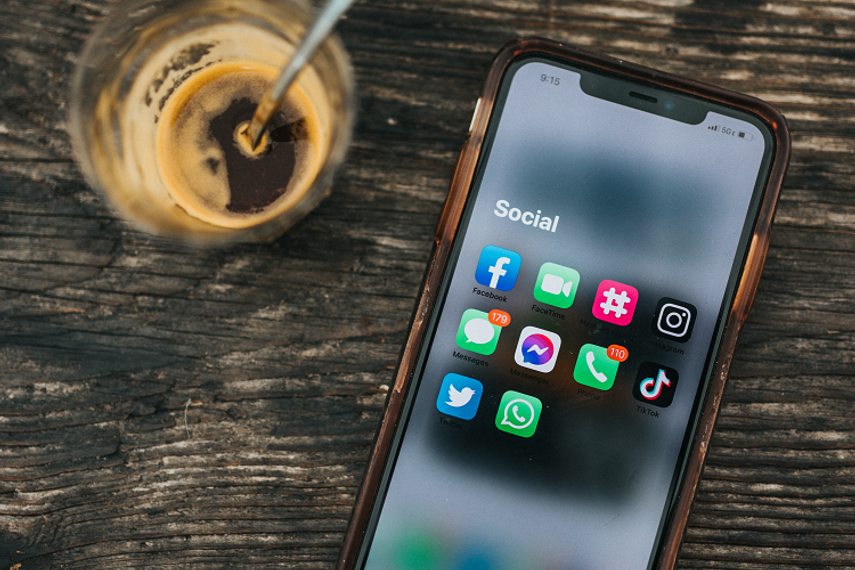




.jpg&h=334&w=500&q=100&v=20250320&c=1)
.jpg&h=334&w=500&q=100&v=20250320&c=1)
.jpg&h=334&w=500&q=100&v=20250320&c=1)

.jpg&h=334&w=500&q=100&v=20250320&c=1)

.jpg&h=334&w=500&q=100&v=20250320&c=1)
.jpg&h=334&w=500&q=100&v=20250320&c=1)
.jpg&h=334&w=500&q=100&v=20250320&c=1)
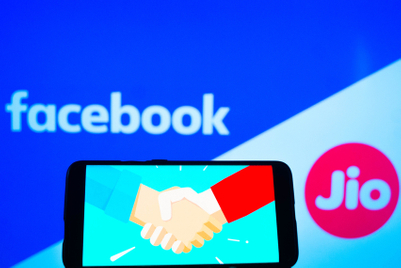

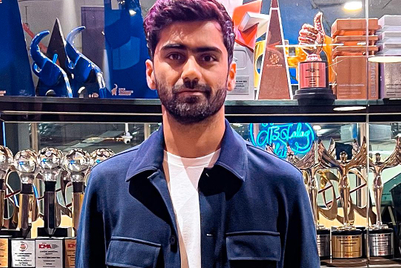
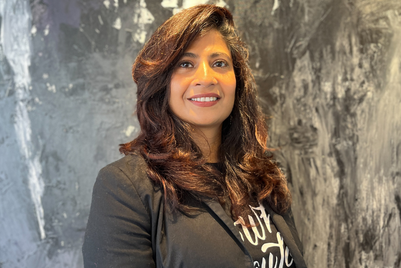
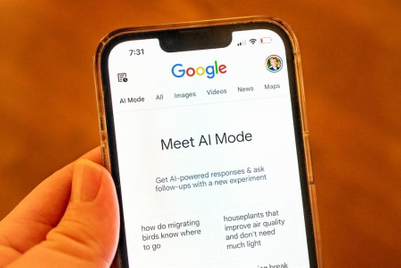
.jpg&h=268&w=401&q=100&v=20250320&c=1)
